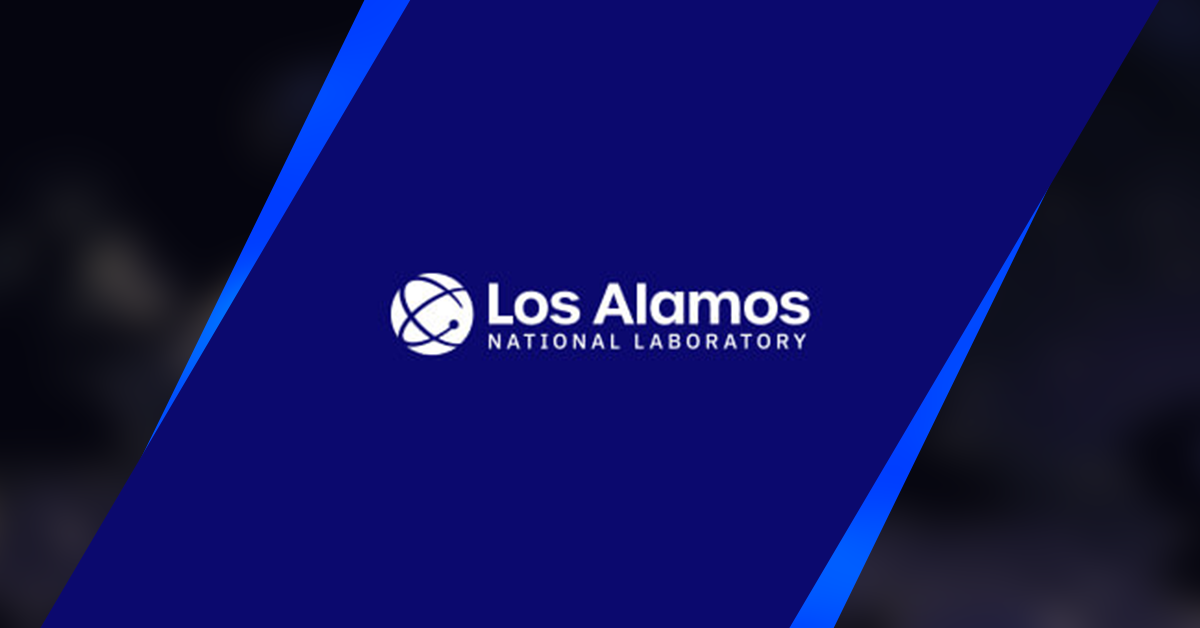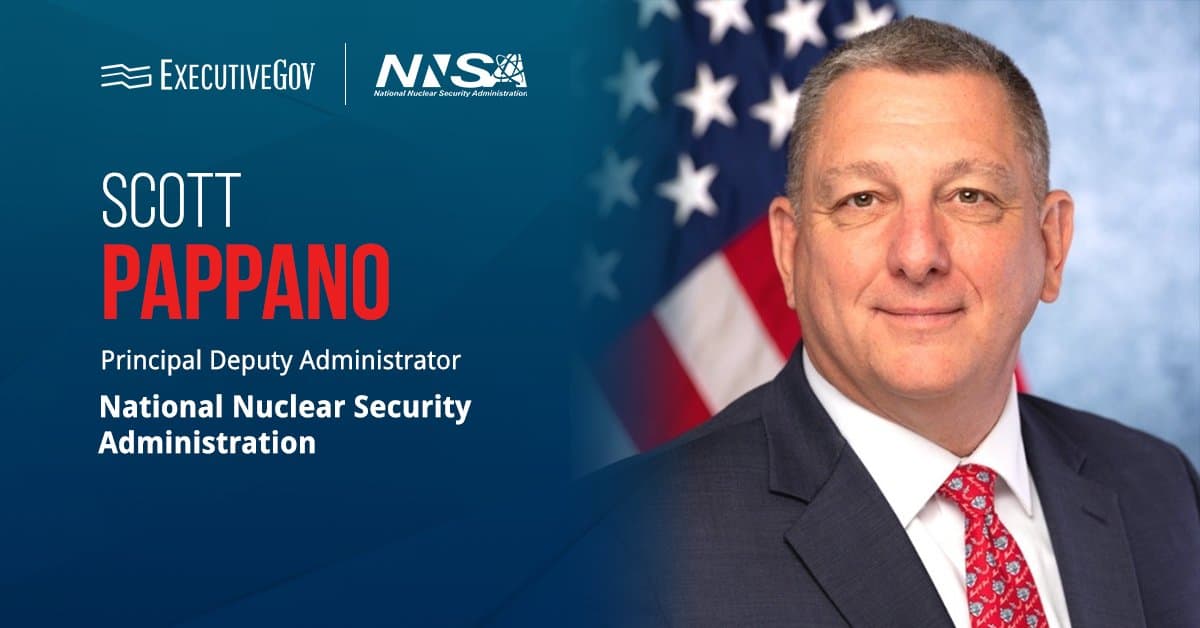A new project called Nano Solutions On-Chip, or NSOC, led by the Los Alamos National Laboratory will seek new design and fabrication approaches on integrated circuits for better energy efficiency and performance in extreme environments. Jennifer Hollingsworth, a scientist at the Los Alamos Center for Integrated Nanotechnologies, will oversee the project, the lab said.
According to Hollingsworth, integrated circuits are “reaching limits in bandwidth density, speed and distances” because of their dependence on electrons to carry information.
“The complexity required to accommodate improvements on integrated circuits means as much as 30 miles of wires shuttling electrical data across 10 or more different levels of a chip, all produced by increasingly inefficient manufacturing processes,” the Los Alamos scientist noted.
Focus on Nanoscale Semiconductor Deployment
To address the chips’ electrons dependency, the NSOC project will focus on ways to deploy quantum dots and other nanoscale semiconductors in devices using photons along with electrons in transmitting information.
The project’s activities centered on theory, experiments and modeling will also inform on chips’ radiation effects and mitigation measures to meet the demanding requirements of space, defense and nuclear security chip applications. To pursue this goal, a new microelectronics science research center called CHIME, short for Co-design and Heterogeneous Integration in Microelectronics for Extreme Environments, will be created and combined with three other similar projects, with Hollingsworth serving as its first chair.
Los Alamos Lab’s partners in the NSOC project are the University of Pennsylvania, Columbia University, the University of Wisconsin-Madison, Duke University and Sandia National Laboratories.





